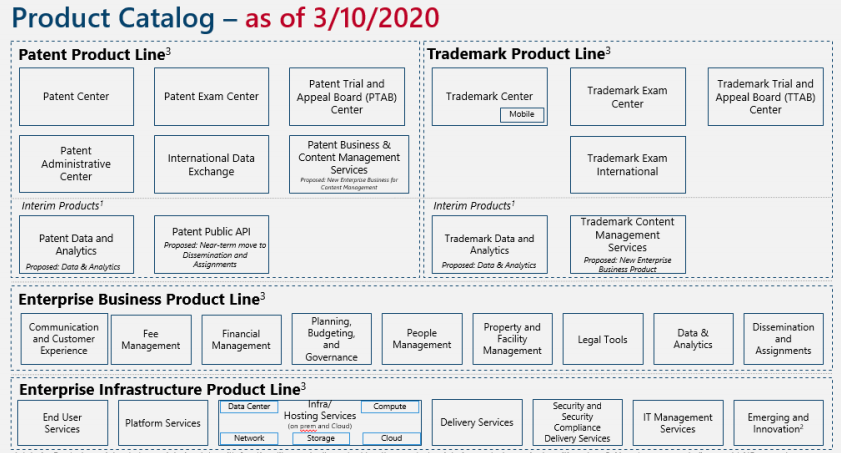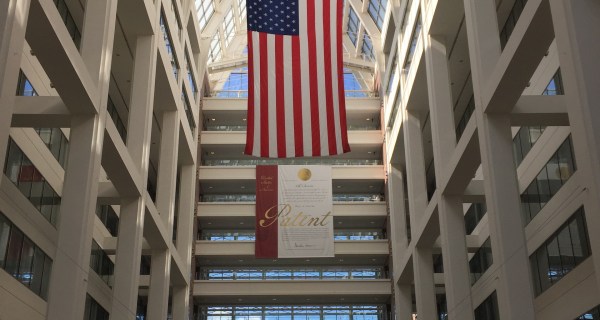Patent and Trademark CIO wants IT staffers to pick their product teams

The U.S. Patent and Trademark Office has begun assigning its information technology staff to new projects, but plans are in the works to eventually let them pick their own teams — a move atypical of government agencies.
Details haven’t been finalized, but Chief Information Officer Jamie Holcombe tasked human resources with overseeing what he calls an “organizational shift.”
Allowing people to serve on projects — called product teams at USPTO — of their choosing “seems to be almost impossible” in government, Holcombe said. He said it could lead to “heartache cases,” where no one picks a particular team, but the CIO has a plan for that, too.
“When we do have holes or missing folks, competencies and so forth, that’s where I’d like to contract with vendors to fill in those holes,” Holcombe said, during an ACT-IAC webcast Wednesday. “So it’s an amazing thing, the organizational change that will occur.”
Selecting their own projects allows employees to put their best foot forward while fostering greater accountability, he said.
USPTO’s new product catalogue consolidates the number of IT projects underway from more than 150 to just 30 across four product lines: patents, trademarks, enterprise, and infrastructure. Projects range from new software for internal use to products for patent and trademark applicants.

USPTO’s new product catalog. (USPTO)
Each project has a product owner and technical lead, and the agency’s current focus remains on ensuring product teams know their roles, Holcombe said.
“Once that occurs, then we might get some shifting based on wants and desires for individual product delivery,” he said.
Productivity at USPTO is up since the coronavirus pandemic hit, in part, because people aren’t taking vacations. The agency serendipitously moved to the cloud in January, ahead of mandatory telework, and “easily” scaled from about 8,000 teleworkers to 13,000 as a result, Holcombe said.
Teams are retraining machine-learning algorithms in a supervised neural network to more precisely classify patents, with similar technology for trademarks and fraud detection in the works.
New services include an image file wrapper archive — improving user access to high-value data assets, images and metadata — and Patents 4 Partnerships, a searchable repository of patents and applications available for licenses that USPTO stood up in 10 days during the pandemic.
“I think this helps the economy and it helps other entrepreneurs look at things that are a possibility for solving some of these problems that we have,” Holcombe said. “Also the robust IP marketplace can monetize your IP, and that’s what we’re trying to influence.”






